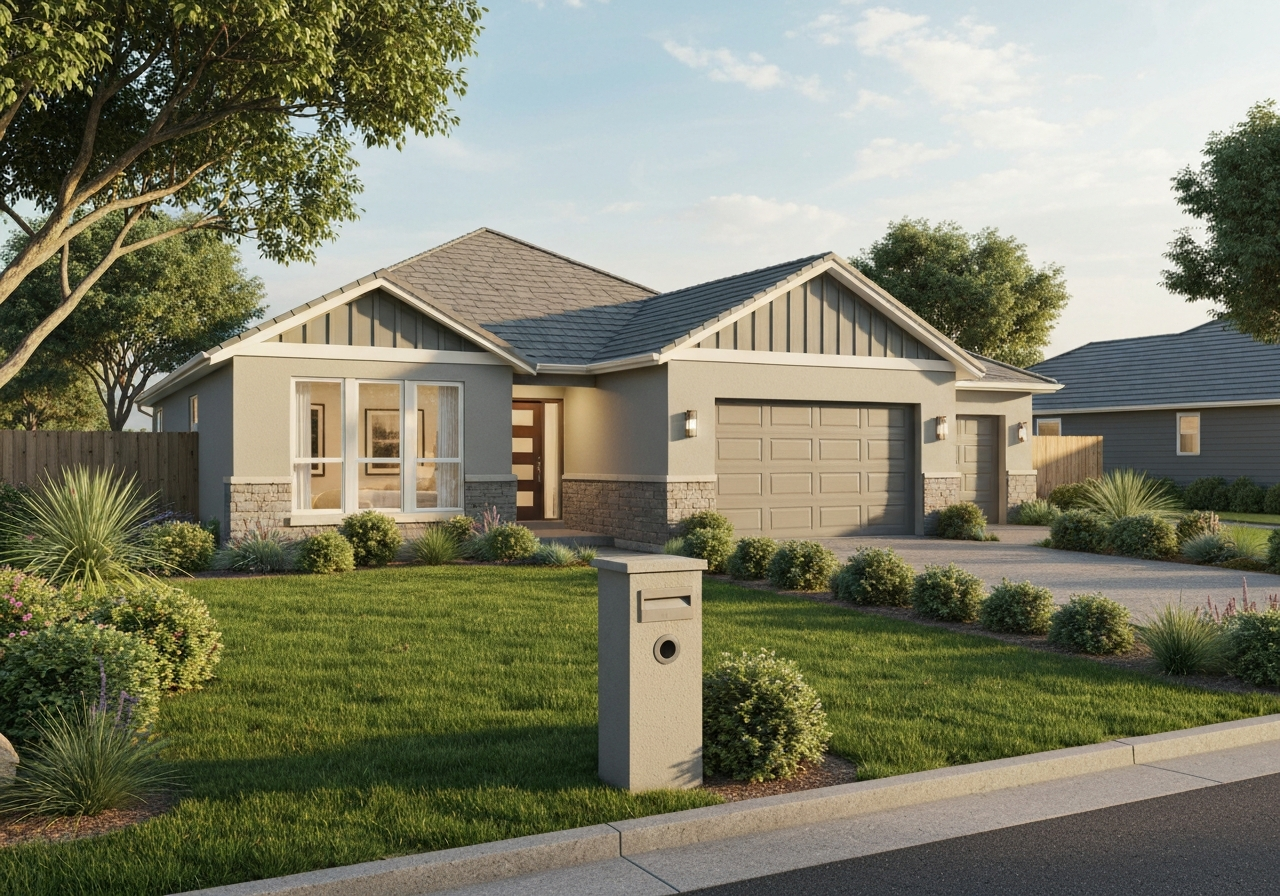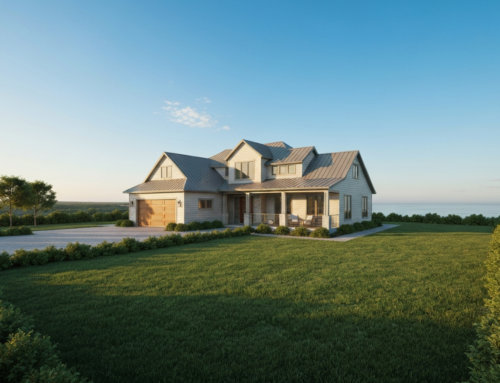Understanding Homeowners Insurance: Your Essential Guide
Protecting your home, often your most significant asset, requires a thorough understanding of homeowners insurance. This essential coverage safeguards you against various risks, providing financial peace of mind. But what does homeowners insurance cover, and what specific protections does it offer? This guide from Beach Insurance LLC breaks down the critical components of a standard policy, helping you navigate its complexities and ensure your property and financial well-being are secure.
What Does Homeowners Insurance Cover? Key Protections Explained
A standard homeowners insurance policy is a comprehensive package designed to protect you from a wide array of perils. Most policies typically include four fundamental types of coverage:
- Dwelling Coverage: Protects the physical structure of your home.
- Other Structures Coverage: Covers detached structures on your property.
- Personal Property Coverage: Safeguards your belongings, both inside and outside your home.
- Loss of Use Coverage: Provides financial support if your home becomes uninhabitable.
- Personal Liability Coverage: Offers protection against lawsuits for injuries or property damage caused to others.
- Medical Payments Coverage: Covers medical expenses for minor injuries to guests on your property.
Understanding each component is key to knowing the full extent of your protection, as outlined by the Insurance Information Institute.
Dwelling Coverage: Protecting Your Home’s Physical Structure
Dwelling coverage, often referred to as Coverage A, is the cornerstone of your homeowners policy. It pays to repair or rebuild the main structure of your home, including its roof, foundation, walls, and built-in fixtures, if it’s damaged by a covered event such as fire, windstorms, hail, or lightning. This also extends to attached structures like an attached garage or porch. It’s crucial to ensure your dwelling coverage is sufficient to cover the entire replacement cost of your home, not just its market value. After a major disaster, rebuilding costs can surge due to increased demand for materials and labor, potentially leaving you underinsured if your policy limits are based on a lower, outdated estimate.
Other Structures Coverage: Insuring Detached Buildings and Features
Beyond your main home, your property may include other structures such as detached garages, sheds, fences, or gazebos. Other structures coverage typically protects these standalone buildings from the same perils as your dwelling. This coverage is generally set as a percentage (often around 10%) of your dwelling coverage limit, providing an important layer of protection for these valuable additions to your property.
Personal Property Coverage: Safeguarding Your Belongings
Your personal belongings—everything from furniture and electronics to clothing and sports equipment—are protected under personal property coverage. This coverage extends to items stolen or damaged by covered perils, even if they are temporarily stored off-premises. Most policies offer coverage for personal possessions at approximately 50% to 70% of your dwelling coverage amount. When considering what homeowners insurance cover, it’s vital to conduct a detailed home inventory to accurately assess the value of your possessions.
You can choose to insure your belongings based on their:
- Actual Cash Value (ACV): This pays the cost to replace your belongings minus depreciation due to age and wear and tear.
- Replacement Cost Value (RCV): This reimburses you for the cost to replace damaged property with new items of similar kind and quality, without deduction for depreciation. RCV generally provides more comprehensive protection, although it typically comes with a slightly higher premium.
For expensive items like jewelry, furs, art, or collectibles, standard policies often have sub-limits. To insure these items to their full value, consider purchasing a special personal property floater or endorsement.
Loss of Use Coverage: Support When Your Home is Uninhabitable
If a covered peril, such as a fire or severe storm, damages your home to the extent that it becomes uninhabitable, loss of use coverage (also known as Additional Living Expenses or ALE) provides crucial financial support. This coverage pays for the necessary and reasonable increase in living expenses incurred while you’re temporarily displaced. This can include:
- Hotel or temporary rental costs
- Restaurant meals (above your normal grocery budget)
- Pet boarding fees
- Increased transportation costs
- Laundry services
It’s important to remember that loss of use coverage is designed to help you maintain your normal standard of living, not upgrade it. Policies usually have limits on both the amount paid and the duration of coverage (e.g., 12 or 24 months). It does not cover ongoing expenses like your mortgage or utilities, and it only applies if the reason for displacement is a covered peril. For instance, if you’re displaced due to flood damage without flood insurance, ALE would not apply.
Personal Liability Coverage: Financial Protection from Accidents
Personal liability coverage protects you and your household members against lawsuits for bodily injury or property damage you accidentally cause to others. This includes incidents that occur on your property, such as a visitor slipping and falling, or even events that happen away from home, like your child accidentally breaking a neighbor’s window during a baseball game. It also covers damage or injuries caused by your pets. This coverage pays for both legal defense costs and any damages awarded, up to your policy limit.
Most homeowners policies offer a minimum of $100,000 in liability coverage, but experts often recommend increasing this to $300,000 or $500,000, especially if you have significant assets to protect. For even greater protection, consider a personal umbrella insurance policy, which provides additional liability limits above your home and auto policies.
Medical Payments Coverage: For Minor Injuries on Your Property
Medical payments coverage, distinct from personal liability, offers a crucial “no-fault” benefit. If a guest sustains a minor injury on your property, this coverage can pay for their medical expenses up to a specified limit (often $1,000 to $5,000), regardless of who was at fault. This helps cover immediate medical costs and can often prevent a minor incident from escalating into a liability claim. It does not cover injuries to household members or pets.
Common Exclusions: What Homeowners Insurance Typically Won’t Cover
While homeowners insurance offers broad protection, it’s equally important to understand what it typically won’t cover. These are known as exclusions:
- Flooding: Damage from floods, including storm surges, overflowing rivers, and heavy rains, is generally excluded. Separate flood insurance is usually required.
- Earthquakes and Earth Movement: Damage from earthquakes, landslides, mudslides, and sinkholes is typically excluded. Specific endorsements or separate policies are available for these perils.
- Maintenance and Wear and Tear: Insurance is for sudden, accidental damage, not for routine maintenance issues, damage from neglect, or problems arising from normal wear and tear over time.
- Pest Infestations: Damage caused by termites, rodents, or other pests is considered a maintenance issue and is not covered.
- Mold (due to neglect): While sudden mold growth resulting from a covered peril (like a burst pipe) might be covered, mold that develops slowly due to ongoing moisture problems or neglect is generally excluded.
- War and Nuclear Hazard: Losses due to acts of war or nuclear incidents are explicitly excluded.
Reviewing your policy’s exclusions with your agent is essential to avoid surprises, as noted by Bankrate.
Optional Coverages and Endorsements to Consider
Many standard exclusions can be covered by adding optional coverages or endorsements to your policy. These can significantly enhance your protection:
- Flood Insurance: Crucial for homes in flood-prone areas.
- Earthquake Insurance: For regions susceptible to seismic activity.
- Scheduled Personal Property Endorsement: Provides higher limits for valuable items like jewelry, art, or musical instruments.
- Water Backup and Sump Overflow: Covers damage from backed-up sewers or failed sump pumps, which are often excluded from standard policies.
- Ordinance or Law Coverage: Pays for the additional costs of bringing your home up to current building codes during repairs or rebuilding after a covered loss.
- Hurricane Deductibles: In coastal areas, a separate hurricane deductible typically applies to windstorm damage from named hurricanes, often calculated as a percentage of your dwelling coverage.
- Extended or Guaranteed Replacement Cost: Provides an additional percentage of coverage (e.g., 20-25% more) or even unlimited funds to rebuild your home if costs exceed your dwelling limit after a covered disaster. This is especially valuable in times of high construction demand.
Understanding Deductibles, Actual Cash Value, and Replacement Cost
Key terms like deductibles, actual cash value (ACV), and replacement cost (RCV) are fundamental to understanding your homeowners insurance. A deductible is the amount you pay out-of-pocket for a covered loss before your insurance company begins to pay. Deductibles can be a flat dollar amount (e.g., $1,000) or a percentage of your dwelling coverage, particularly common for wind/hail or hurricane claims.
The distinction between Actual Cash Value (ACV) and Replacement Cost Value (RCV) is critical. ACV pays for the depreciated value of your damaged property, factoring in age and wear. RCV, on the other hand, covers the cost to repair or replace property with new materials of similar kind and quality without depreciation. While ACV policies are generally cheaper, RCV provides more comprehensive protection, ensuring you have the funds to fully restore your home and belongings. The North Carolina Department of Insurance provides further clarification on these terms.
Navigating Homeowners Policy Forms: HO-3, HO-5, and More
Homeowners insurance policies come in various forms, each offering different levels of coverage. Understanding these forms helps you choose the right protection for your specific needs:
- HO-1 (Basic Form): Very limited “named perils” coverage, often not available.
- HO-2 (Broad Form): Covers more “named perils” than HO-1, but still specific events.
- HO-3 (Special Form): The most common policy for single-family homeowners. It provides “open perils” coverage for your dwelling (meaning everything is covered unless specifically excluded) and “named perils” for your personal property.
- HO-4 (Contents Broad Form): Designed for renters, covering personal property and liability.
- HO-5 (Comprehensive Form): Offers “open perils” coverage for both the dwelling and personal property, providing the broadest protection.
- HO-6 (Unit-Owners Form): For condominium and co-op owners, covering the unit’s interior, personal property, and liability.
- HO-7 (Mobile Home Form): Specialized coverage for mobile and manufactured homes.
- HO-8 (Modified Coverage Form): For older homes where replacement cost exceeds market value, often providing ACV coverage for the dwelling.
The differences between these policy types are significant, influencing what events are covered and how claims are paid. Most single-family homeowners opt for an HO-3 due to its balance of comprehensive dwelling coverage and affordability.
Why Choose Beach Insurance LLC for Your Home Protection Needs
Choosing the right homeowners insurance is a critical decision that impacts your financial security. At Beach Insurance LLC, we specialize in understanding the unique insurance needs of homeowners. We believe in providing personalized guidance, helping you comprehend the intricacies of personal insurance policies, from dwelling coverage to liability limits. Our team is dedicated to crafting a policy that not only meets lender requirements but also provides robust protection tailored to your home and lifestyle. We focus on ensuring you have adequate coverage at a competitive price, offering clear explanations and reliable support through every step.
Securing Your Home with Confidence: Next Steps
Understanding what homeowners insurance covers is your first line of defense in protecting your home and family. The complexities of policy forms, deductibles, and various coverage types can be overwhelming, but knowing your options empowers you to make informed decisions. We encourage you to review your current policy and consider your specific needs. Ensuring your coverage limits reflect current rebuilding costs and adequately protect your assets is paramount. Taking these proactive steps can provide invaluable confidence, knowing your home is secured against life’s unexpected events.
Want to learn more about protecting your home? Visit our Contact Us page today!






